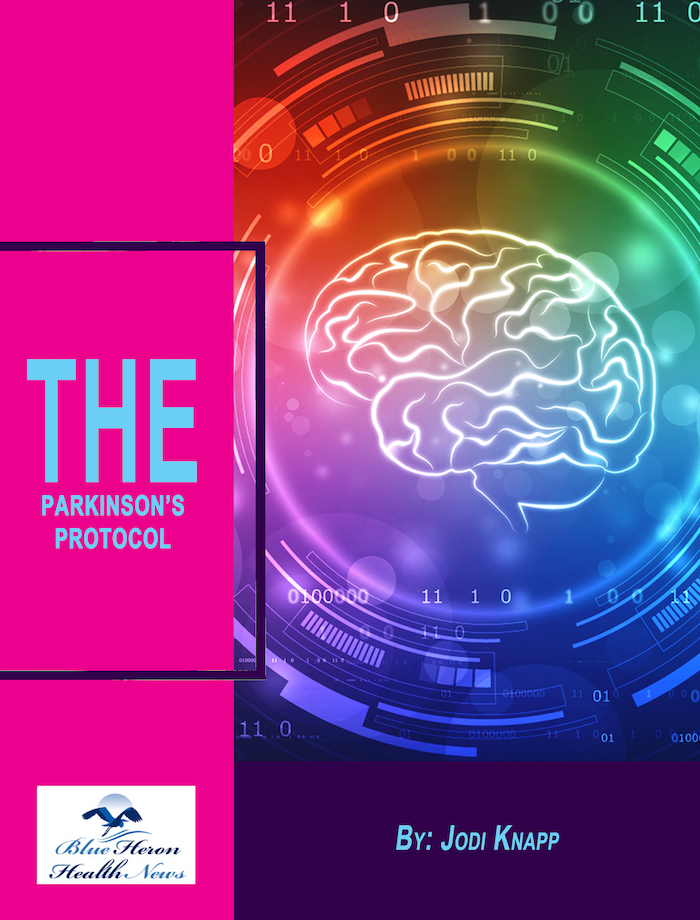
The Parkinson’s Protocol™ By Jodi KnappThus, the eBook, The Parkinson’s Protocol, educates you regarding the natural and simple ways to minimize the symptoms and delay the development of Parkinson’s effectively and quickly. It will also help your body to repair itself without following a specific diet plan, using costly ingredients or specific equipment. Its 60 days guarantee to return your money allows you to try for once without any risk.
How does protein intake affect Parkinson’s medication efficacy?
Protein intake can greatly influence the effectiveness of Parkinson’s medication, particularly levodopa (L-DOPA)—the most common and effective therapy for the motor signs of Parkinson’s disease (PD).
???? Why This Happens:
Levodopa blocks the absorption of certain amino acids (building blocks of protein) in the small bowel and transport through the blood-brain barrier.
If one has a high-protein meal near the time that he or she takes levodopa, the drug won’t be absorbed well, or won’t be absorbed at all until some time later, lessening its capacity to manage motor symptoms.
⚠️ High Protein with Levodopa: Consequences
Wearing-off effects (drug wears off sooner than anticipated)
Motor fluctuations (on-off times with irregular movement)
Delayed “on” time (longer before the drug becomes effective)
Decreased overall symptom control
???? Managing Protein Timing
???? Option 1: Protein Redistribution Diet (PRD)
Eat most of your daily protein at night, when motor symptoms are usually less of a problem.
Eat breakfast and lunch smaller in protein so that levodopa can be effectively absorbed.
This approach is widely recommended in severe PD with disabling “on-off” fluctuations.
???? Option 2: Spacing Levodopa and Meals
Take levodopa 30–60 minutes before or 1–2 hours after eating, especially meals with protein.
This usually suffices in early cases or for patients with little fluctuation problems.
???? What About Protein Needs?
It is still important to eat proper protein, especially for:
Sustaining muscle
Avoiding unwanted weight loss
Sustaining overall health in old age
Good protein sources (to be eaten in the right amounts):
Eggs, fish, poultry, beans, lentils, tofu, Greek yogurt, and nuts.
???? Summary
Protein & Levodopa Interaction
What to Do
Protein can hinder levodopa absorption
Avoid eating large protein meals near medication times
Can reduce impact of medication\\tTake levodopa 30–60 minutes before meals
Protein still required for optimum health\\tRestrict protein to evening (PRD) if necessary
Would you prefer help to devise a low-protein breakfast or lunch meal in line with taking your medication?
The Mediterranean diet possesses some potential benefits for patients with Parkinson’s disease (PD) mainly due to its anti-inflammatory, antioxidant, and neuroprotective properties. Even though it doesn’t cure PD, research suggests that it slows down the disease, enhances brain function, and preserves overall quality of life.
???? Key Benefits of the Mediterranean Diet for Parkinson’s Patients:
1. Neuroprotection
It is rich in antioxidants from fruits, vegetables, olive oil, and nuts.
May protect brain cells from oxidative stress and inflammation, both of which are thought to contribute to PD progression.
2. Improved Cognitive Function
Linked with increased memory, reduced cognitive impairment, and reduced risk of dementia.
Contains omega-3 fatty acids (in fish and nuts) that support brain structure and function.
3. Reduced Inflammation
Chronic inflammation is the driving process in neurodegeneration in PD.
Anti-inflammatory food like olive oil, legumes, greens, and oily fish reverse this process.
4. Better Gut Health
Rich in fiber, supporting a healthy gut microbiome.
Disturbances in the gut-brain axis are involved in PD; an optimal microbiome can improve digestion, mood, and even motor function.
5. Improved Cardiovascular Health
PD patients have a higher risk of heart disease.
The Mediterranean diet supports heart health by lowering cholesterol and blood pressure.
6. Support of Motor Function
New evidence suggests that the diet may be associated with slower motor symptom progression, possibly through improved mitochondrial function and reduced neuroinflammation.
7. Reduced Risk of Depression
Consistent blood sugar levels and nutrient-rich foods may cure mood disorders, which are common in PD.
???? Key Components of the Mediterranean Diet:
High intake of:
Fruits, vegetables, whole grains, legumes, nuts
Extra virgin olive oil
Fatty fish (e.g., salmon, sardines)
Moderate intake of:
Dairy (preferably low-fat or fermented)
Poultry and eggs
Red wine (optional, in moderation)
Low intake of:
Red meat and processed meat
Refined sugar and ultra-processed foods
???? Research Highlights:
A 2021 review in Movement Disorders found that stick-to-the-diet compliance was associated with later onset of Parkinson’s disease symptoms.
Other studies show that people who stick more closely to the diet are less likely to experience faster progression and poorer non-motor symptom control (such as sleep and constipation).
Would you like a Mediterranean diet meal plan tailored to Parkinson’s-friendly digestion and medication timing?
The Parkinson’s Protocol™ By Jodi KnappThus, the eBook, The Parkinson’s Protocol, educates you regarding the natural and simple ways to minimize the symptoms and delay the development of Parkinson’s effectively and quickly. It will also help your body to repair itself without following a specific diet plan, using costly ingredients or specific equipment. Its 60 days guarantee to return your money allows you to try for once without any risk